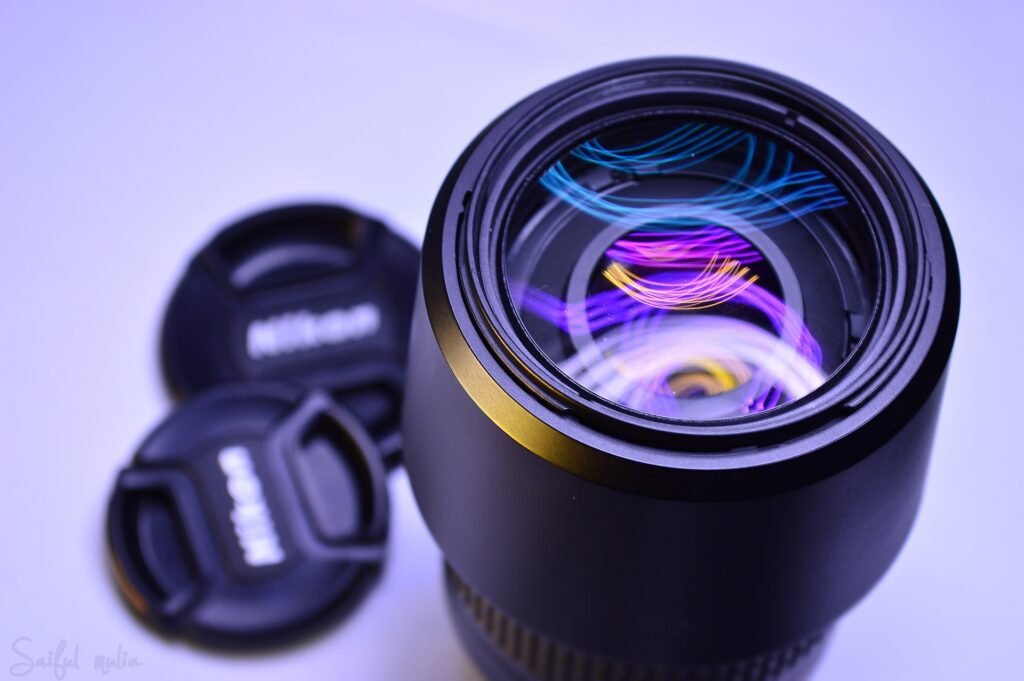Physical Address
304 North Cardinal St.
Dorchester Center, MA 02124
Physical Address
304 North Cardinal St.
Dorchester Center, MA 02124
In this article, we’ll explore how camera autofocus works for action shots, discuss the best autofocus settings for fast-paced photography, and offer tips on improving your camera’s autofocus performance in challenging scenarios.
Capturing sharp and crisp action shots is one of the most challenging but rewarding aspects of photography. Whether you’re photographing a fast-paced sporting event, wildlife in motion, or children playing, getting a sharp focus on a moving subject can feel like an elusive skill. One of the keys to mastering this is understanding how to maximize your camera’s autofocus performance.

Autofocus (AF) technology has come a long way, and modern cameras offer incredibly advanced systems designed to track moving subjects with ease. However, even the best autofocus systems can struggle with fast-paced photography if not used correctly.
In action photography, your goal is to capture a moving subject with perfect sharpness, and this depends on how your camera’s autofocus system tracks and locks onto the subject. Autofocus can be broken down into two main types:
Maximizing autofocus performance requires understanding a few key factors that can influence how well your camera locks focus on a fast-moving subject. Here are the critical components to consider:
The first step to improving autofocus for fast-paced action is selecting the right AF mode. Most cameras offer a range of autofocus modes, and for action shots, it’s important to use a mode designed to track moving subjects.
Pro Tip: For most action shots, AF-C (or AI Servo) is your go-to mode as it keeps adjusting the focus as the subject moves, ensuring that the subject stays sharp.
In addition to choosing the right AF mode, the area you select for autofocus is crucial. Modern cameras offer various focus area options, ranging from a single focus point to broad, zone-based systems. For fast action shots, choose an area that matches the speed and unpredictability of your subject’s movements:
Pro Tip: For sports or wildlife, where your subject moves unpredictably, consider using Dynamic Area or Zone AF for better accuracy.
Now that you understand how autofocus modes and areas work, let’s dive into the specific settings you can tweak to maximize your camera’s performance for action shots.
Many advanced cameras allow you to adjust the tracking sensitivity of autofocus, which dictates how quickly the camera will switch focus from one subject to another. This is especially important in scenarios where multiple moving subjects are present, or when obstacles might enter the frame.
Pro Tip: For sports, lower sensitivity works well, so the camera doesn’t constantly refocus if someone or something briefly moves into the frame.
Fast-moving subjects require a fast shutter speed to freeze motion and reduce the risk of blur. Even if your autofocus system is performing optimally, using a slow shutter speed will result in blurred subjects.
Pro Tip: Start with your shutter speed, then adjust aperture and ISO to get the right exposure.
Back-button focus is a technique where you assign autofocus to a button on the back of the camera, separate from the shutter button. This allows you to control when to lock focus and when to shoot, offering more control for action photography. It’s particularly useful in continuous autofocus mode.
Pro Tip: Back-button focus is a favorite among sports and wildlife photographers, as it allows for better control over when to activate AF.
If you’re serious about action photography, investing in a camera with fast and reliable autofocus performance is essential. Here are a few models that excel in fast-paced scenarios:
The Sony Alpha a9 II is renowned for its incredible autofocus system, with 693 phase-detection points covering 93% of the frame. It offers real-time Eye AF and continuous subject tracking, making it perfect for sports and wildlife photography. With its high-speed burst shooting capabilities, it’s one of the best cameras for capturing action.
Canon’s EOS R5 features a Dual Pixel CMOS AF II system with 1,053 selectable focus points. It excels in fast-paced environments, offering excellent subject detection, including face, eye, and animal tracking. With burst shooting at up to 20 fps and stellar autofocus, it’s a powerful choice for action shots.
The Nikon Z9 is a powerhouse for action photographers, with 493 phase-detection autofocus points and advanced subject-tracking capabilities. The camera’s AF system is designed for high-speed action, and it can shoot continuously at up to 30 fps in JPEG.
Once you’ve set up your camera for fast-paced photography, a few practical techniques can further enhance your autofocus performance:
If you know where the action is going to happen (e.g., a race finish line or a bird landing spot), you can pre-focus on that area, reducing the amount of work your autofocus system needs to do. This ensures that when the action happens, your focus is already dialed in.
Burst mode, or continuous shooting mode, allows you to capture a rapid sequence of images by holding down the shutter button. This is especially useful for fast-moving subjects, as it increases your chances of getting a sharp, well-focused image during the action.
Pro Tip: When using burst mode, combine it with continuous autofocus (AF-C) for optimal results.
Panning involves following a moving subject with your camera while using a slower shutter speed to create a sense of motion in the background while keeping the subject in focus. This technique requires practice, but when done well, it can result in dynamic and visually striking action shots.
Maximizing your camera’s autofocus performance for action shots involves more than just selecting the right autofocus mode. By understanding how autofocus systems work, fine-tuning your settings, and practicing techniques